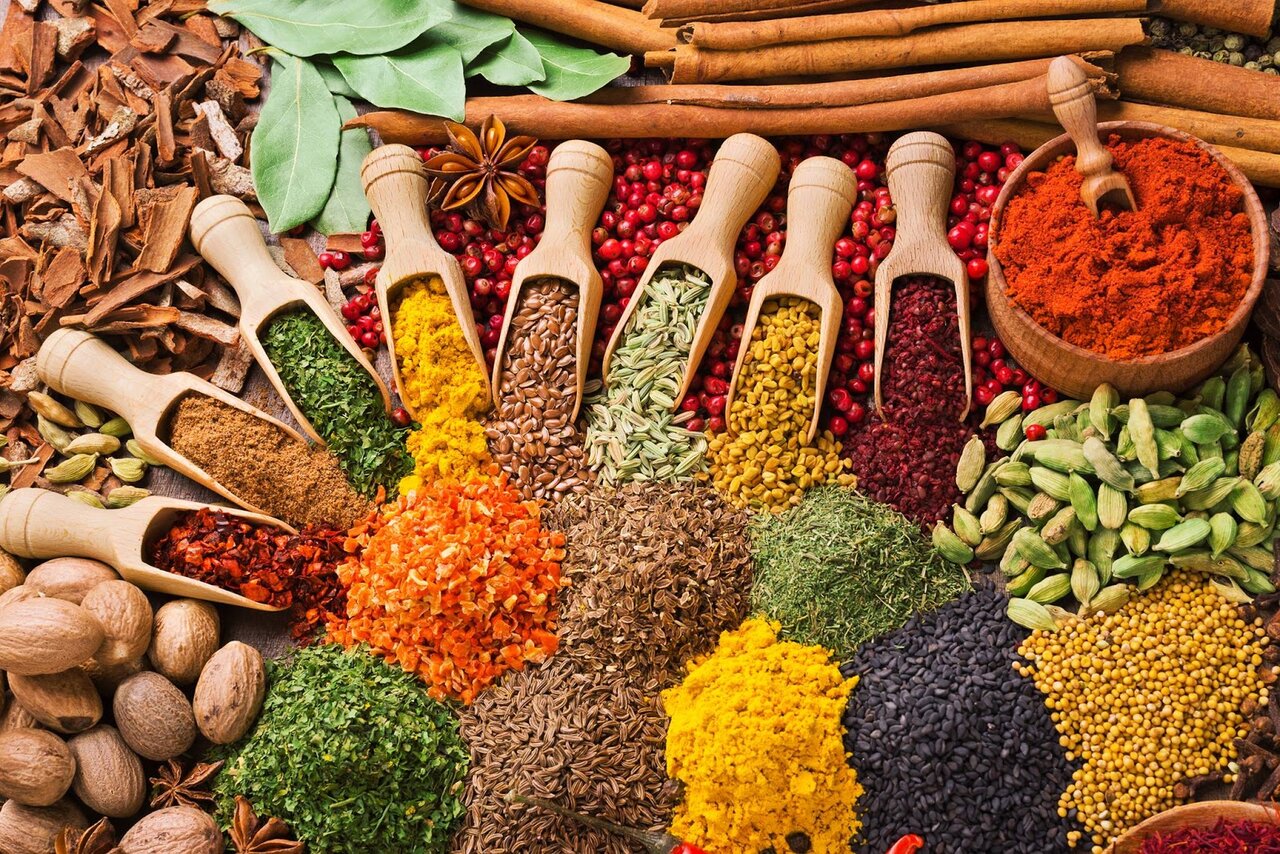The Spice Route revival: a new chapter in Iran-India relations

TEHRAN - In today’s interconnected world, nations seek innovative strategies to secure national interests while fulfilling global responsibilities.
Projections suggest that in the next 50 years, a new pyramid of major economies will emerge, with powerful economies arising from today’s developing nations. The 21st century’s transformations clearly indicate this trend.
According to Mohammad Jahanshahi, a member of the Association of Tourism Experts of Iran, the revival of the Spice Route, as a joint project, can elevate regional and international interactions, promoting linear tourism development in southeastern and southern Iran and western India. The natural, historical, and cultural advantages, including numerous World Heritage sites and diverse cultural and handicraft industries in both countries, create a fascinating route. Existing infrastructure like airports, railways, ports, highways, and free zones provide the initial requirements to redefine this idea, rapidly enhancing and globalizing the Spice Route brand.
Jahanshahi believes that modern approaches like networked and chain communications have led to the emergence of countries of shared concerns” instead of merely “commonwealths.”
Below are excerpts from Jahanshahi’s perspectives on the revival of Spice Route:
India exemplifies these changes, rising from the 8th to the 4th largest economy in terms of GDP, following China’s significant leap to become the world’s second-largest economy. Creative strategies fostering interaction and shared concerns play a crucial role in this economic evolution.
China’s “One Belt, One Road” initiative, based on the historic Silk Road, has become a platform for multilateral activities, enhancing interactions, reducing conflicts, promoting tourism, and improving infrastructural and economic sectors.
Iran, with its strategic geopolitical position as a junction of Asia, Africa, and Europe and its proximity to major global population centers, including India, holds significant historical importance. Given the current dynamics and powerful trends, the revival and redefinition of the “Spice Route” can strengthen strategic programs for both India and Iran.
Historical evidence shows that over 2000 years ago, combined sea and land transport existed between Iran and key economic hubs like India and Ceylon (Sri Lanka). This relationship expanded, becoming one of the significant trade routes in regional history, particularly after the Industrial Revolution.

Iran’s southern ports, including Chabahar, Hormuz, and later Bandar Abbas, were major entry and exit points for goods, connecting to historic land routes. The Spice Route, also known as the Pepper Route, formed due to the trade of significant commodities, especially spices from Southeast Asia, and has a distinct history from the Silk Road. This route, used since the Achaemenid era, gained importance in the Middle Ages as the use of spices in Europe increased. During the Renaissance, spices like black pepper became so valuable that they generated wealth and power for empires like the Netherlands and Spain, leading to significant events such as the discovery of the Americas and the establishment of major companies like the East India Company.
The Spice Route’s importance in Iran varied with the rulers’ policies, such as serious attention to maritime activities and southern ports during the Achaemenid and Seljuk eras. Historical sites like caravanserais and temples in Kerman, Hormozgan, and records of Indian traders in cities like Jiroft, Bam, Sirjan, and Rafsanjan, noted by Marco Polo in the 13th century, highlight the route’s authenticity. Evidence of ancient inter-civilizational connections in Jiroft and Shahr-e Sukhteh also underscores this.
The Silk Road model, recognized by international organizations like UNESCO and the World Tourism Organization since the 1990s, has significantly boosted tourism and sustainable cultural heritage preservation. This model can serve as a template for the Spice Route, enhancing its significance.
Implementing the North-South Corridor (India-Iran-Russia) agreement, and favorable diplomatic relations including eased tourist entry, and cultural and trade relations, can lay the groundwork for this initiative. India, with over 1.3 billion people and the world’s fourth-largest and fastest-growing economy in 2023, offers immense potential for this project.
Iran and India can inaugurate a new chapter of “countries of shared concerns,” with the Spice Route being the visionary path for future cooperation.
AM
Leave a Comment